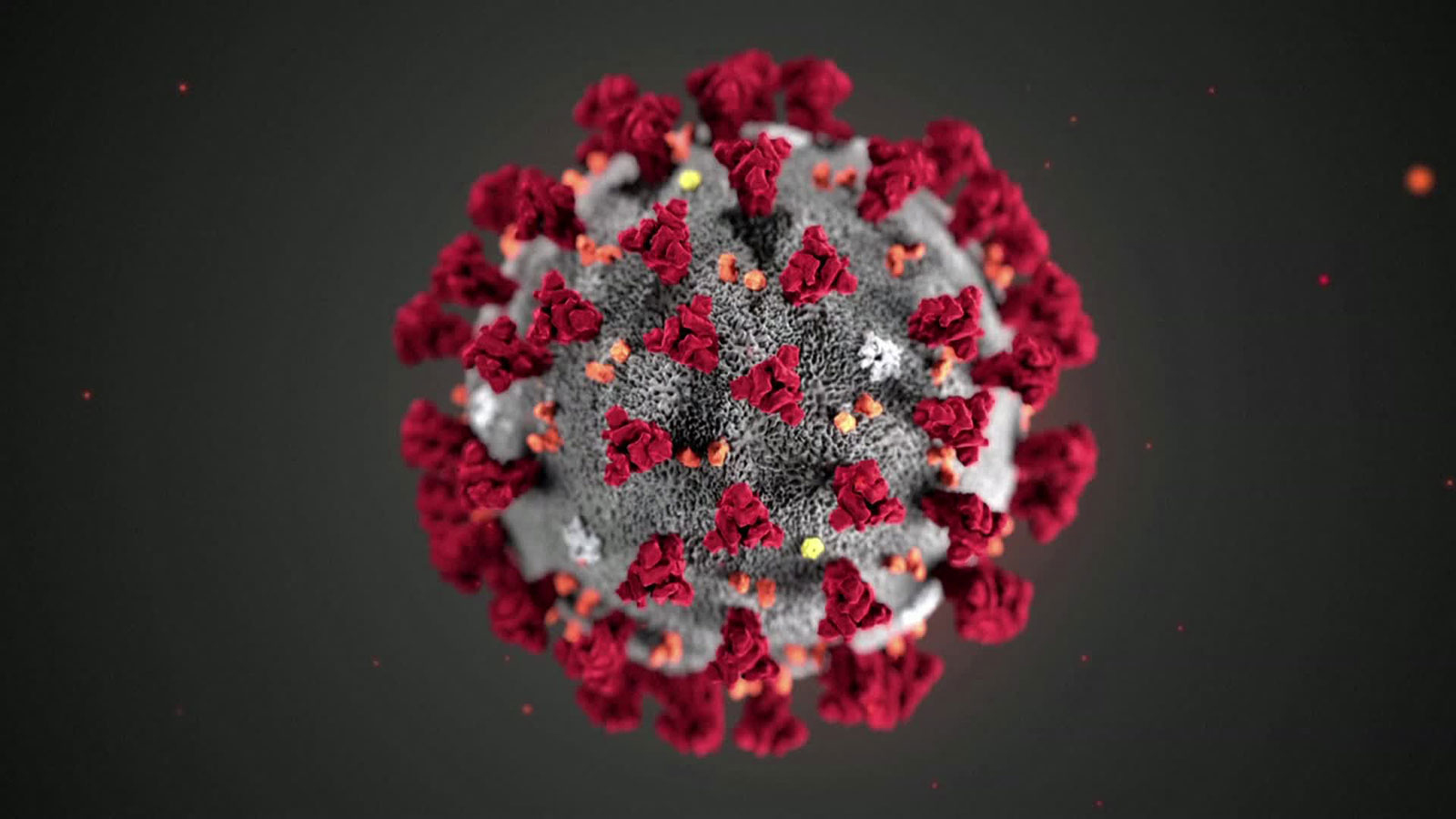

The Centers for Disease Control and Prevention updated its guide for people isolating themselves at home with Covid-19 to prevent transmission of the virus.
They offer a time-based and symptom-based strategy and another evidence-based approach.
Someone who has tested positive for Covid-19 and has symptoms can suspend the isolation 10 days after the symptoms first appeared, until 24 hours have passed since the last fever without the use of fever-reducing medications, and if Symptoms like coughing and shortness of breath have improved.
People with Covid-19 symptoms who are isolated at home and have access to tests can leave isolation if the fever has passed without the use of medications, if there is an improvement in symptoms and if tests taken with more than 24 hours difference are negative, according to the guidelines.
The revised guidelines were released online on Friday. The CDC also updated the guidelines for people who are isolated after testing positive for Covid-19 but who have no symptoms. The agency recommended two options: a time-based strategy and an evidence-based strategy.
A person without symptoms can suspend the isolation 10 days after the first positive test and if they have not developed symptoms afterwards.
“Because symptoms cannot be used to assess where these individuals are in the course of their disease, the duration of virus shedding may be greater or less than 10 days after their first positive test,” the researchers cautioned. CDC.
Viral clearance means that one person can transmit the virus to another person.
If a person develops symptoms, then the symptom-based or test strategy should be used, according to the guidelines.
People who tested positive for Covid-19 and are asymptomatic may also discontinue isolation if the results of two tests taken more than 24 hours apart are negative.
The decision to end the isolation “must be made in the context of local circumstances,” the CDC advised. It is recommended that health workers who are in close contact with vulnerable populations and immunocompromised individuals, who could prolong virus shedding after recovery, isolate themselves longer.
The CDC noted that the updated guideline may “conflict” with the recommendations for people known to have been exposed to the virus. The agency recommends a quarantine of 14 days after exposure, depending on the time it takes to develop the virus disease.
It is possible that a person known to be infected may be able to leave the isolation sooner than a person in quarantine because of the possibility that they are infected, “the agency explained.
The previous orientation on May 3 had extended the period of home isolation from seven to 10 days from when the symptoms first appeared or after the first positive test. The CDC said this update was made “based on evidence suggesting a longer duration of virus removal.”
The agency warned that these recommendations “will avoid most, but cannot avoid, all instances of secondary spread.”
“The risk of transmission after recovery is probably much less than during illness; recovered people will not be removing large amounts of the virus at this time, if at all,” the agency said.
.